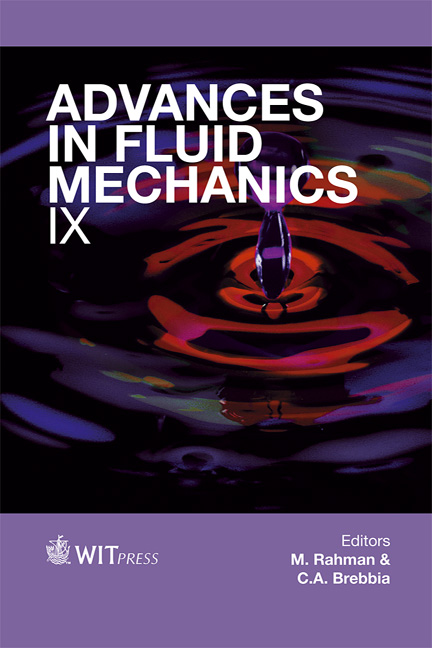Numerical Analysis Of The Circulation Variability In The Zadar Channel Area (east Adriatic)
Price
Free (open access)
Transaction
Volume
74
Pages
12
Page Range
521 - 532
Published
2012
Size
2,999 kb
Paper DOI
10.2495/AFM120451
Copyright
WIT Press
Author(s)
G. Lončar, G. Beg Paklar & V. Andročec
Abstract
Three numerical hydrodynamic models, ROMS, POM and MIKE 3 FM, were used to simulate circulation variability in the middle Adriatic coastal area. ROMS and POM models were used to perform a year-long simulation of the Adriatic circulation with the spatial resolution of approximately 2 km. Temperature, salinity and sea level fields, obtained by the ROMS model, were used for the initial and boundary conditions in the MIKE 3 FM local domain covering the channel area off Zadar. A similar area was covered with the POM local domain nested within the shelf and Adriatic-scale POM models using threedimensional velocity, temperature and salinity fields, as well as two-dimensional sea level fields from coarser resolution grids. Current fields obtained by both modelling systems are in agreement with the ADCP measurements performed in the area of the local models. During winter northwestward currents dominate in the surface layer, while in the lower layers of the channel topographically controlled gyres can be observed. Both measurements and numerical simulations indicate current reversal to southeastern direction in the coastal area off Zadar during summer. Keywords: hydrodynamic models, ROMS, POM, MIKE 3 FM, wind-induced currents, tidal currents, ADCP measurements, Adriatic Sea, Zadar. 1 Introduction Croatian coast of the Adriatic Sea has complicated coastline and bathymetry with more than 1200 islands, innumerable channels, bays and inlets. Such complex geometry severely influences the coastal circulation mainly driven by
Keywords
hydrodynamic models, ROMS, POM, MIKE 3 FM, wind-induced currents, tidal currents, ADCP measurements, Adriatic Sea, Zadar.





